1. Laika – The First Living Being in Orbit
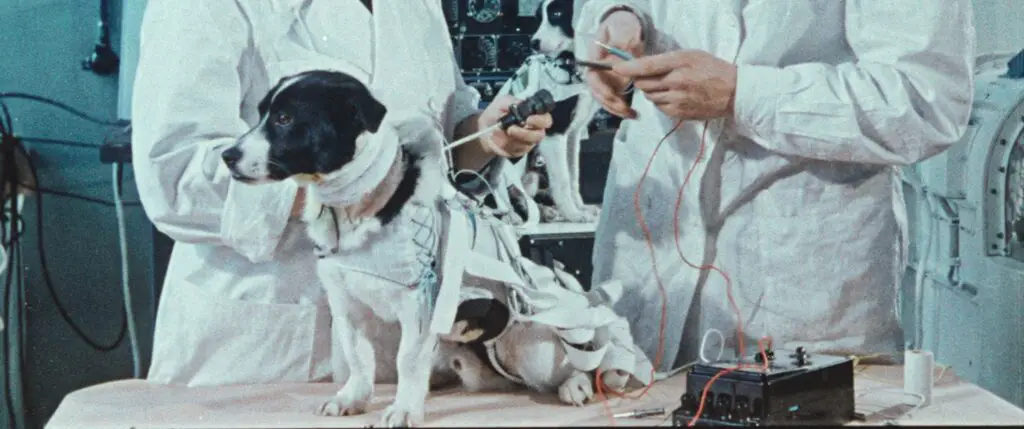
Laika, a stray dog from Moscow, was the first living creature to orbit Earth. Launched aboard the Soviet spacecraft Sputnik 2 in 1957, her mission was part of the Soviet Union’s efforts to demonstrate their ability to launch human spaceflight missions. Laika was chosen because of her small size and calm temperament. However, despite her important role in space history, Laika’s mission was not without tragedy, as discussed in Smithsonian Magazine. The technology to return living creatures from space had not yet been developed, and Laika unfortunately perished due to a combination of overheating and stress just a few hours after launch. While her mission was short-lived, Laika’s contribution provided crucial information about the survival of living beings in space. Her sacrifice proved that living organisms could withstand the initial phases of space travel, which paved the way for future human missions.
Though her death was a result of the technical limitations of the time, Laika remains a symbol of the early days of space exploration. Her story also served as a turning point, prompting further development of life-support technologies to ensure the safety of future space travelers. Despite the sadness surrounding her story, Laika’s legacy remains integral to the history of space exploration. The Soviet Union honored her contributions by naming a monument in her honor in Moscow in 2008, commemorating her pioneering spirit.
2. Yuri Gagarin’s Tortoises – Earth’s First Space Travelers
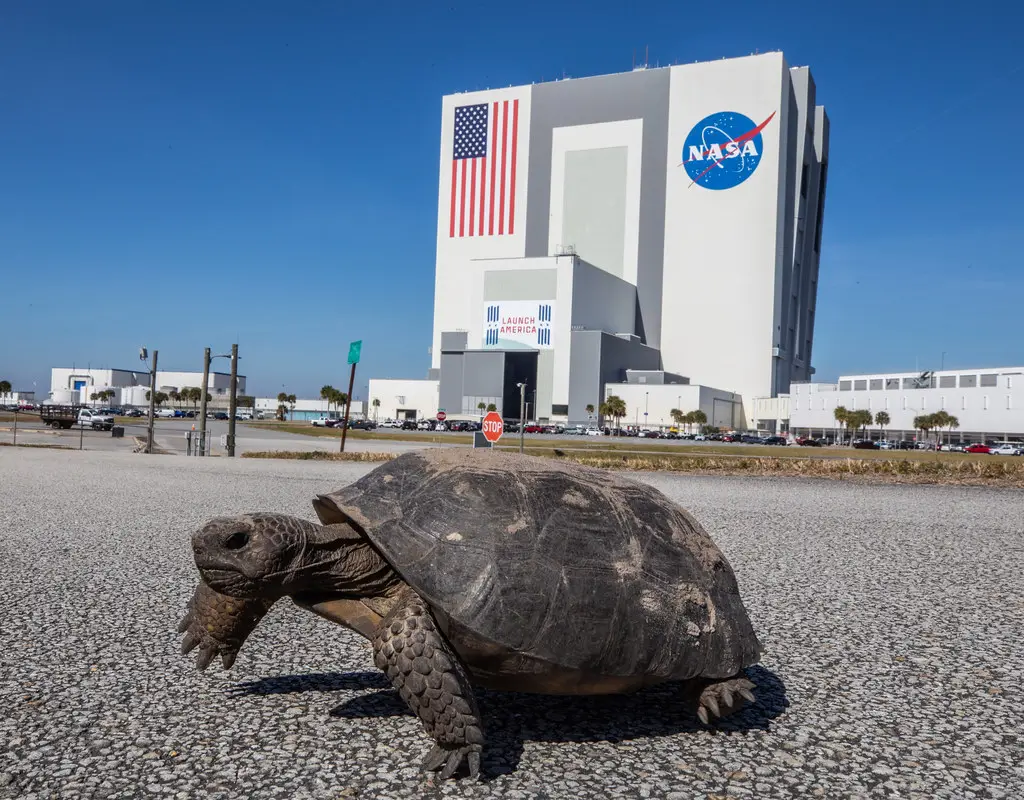
In 1968, the Soviet Union launched a group of tortoises into space aboard the Zond 5 spacecraft, as discussed by Discover Magazine. These tortoises made history as the first Earth creatures to fly around the Moon. The mission was designed to assess the potential for life to survive in space for extended periods and test the feasibility of future manned missions to the Moon. The tortoises were not the only passengers; the spacecraft also carried other biological experiments, including plants and insects. The tortoises orbited the Moon for several days before returning to Earth safely. The success of the Zond 5 mission provided valuable data about the effects of space travel on biological organisms, helping scientists understand the impact of cosmic radiation and weightlessness. The tortoises’ journey demonstrated that long-duration space missions could be viable, even for creatures that were not suited to the conditions of space.
Although the tortoises endured a difficult and prolonged flight, they were able to return to Earth relatively unscathed. Their success was a major milestone in the quest to explore the Moon, which would soon lead to the Apollo missions. Their contribution is often overlooked, but it was crucial in the development of space exploration and human spaceflight. The Zond 5 mission was one of the many steps toward understanding the challenges of interplanetary travel.
3. Ham the Chimpanzee – The First Human-like Astronaut
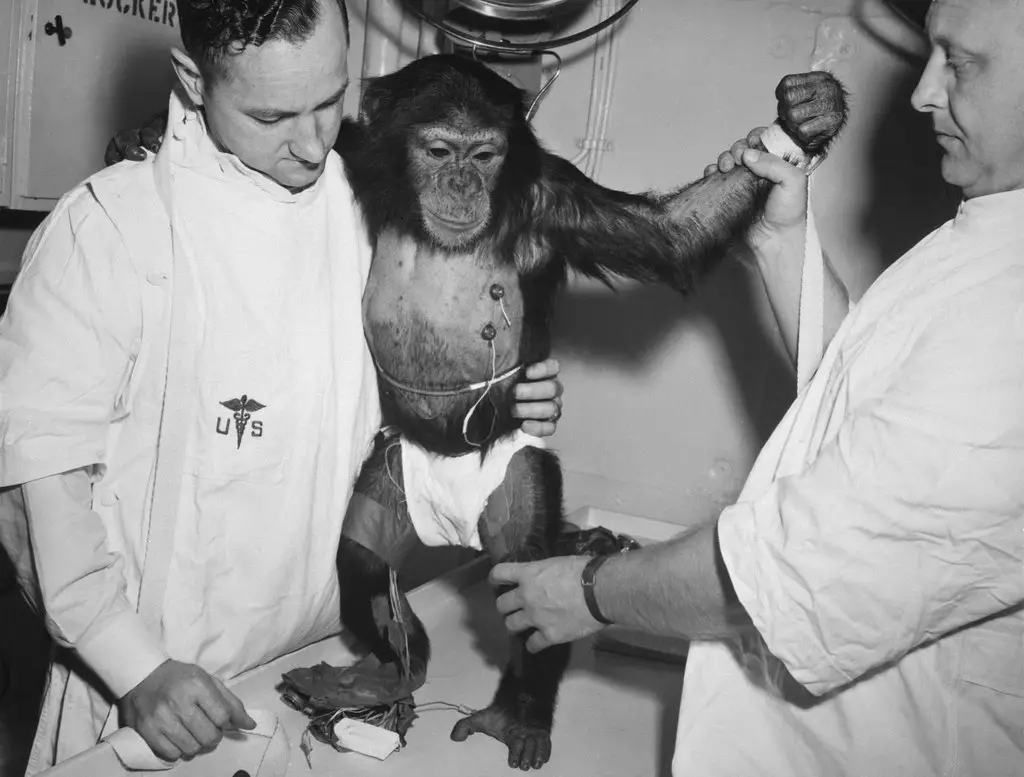
In 1961, a chimpanzee named Ham made history by becoming the first human-like astronaut. According to the National Musem of Health and Medicine, Ham’s mission was part of NASA’s Mercury space program, aimed at preparing for human space travel. He was trained to perform simple tasks, such as pressing levers when certain lights lit up, during his flight aboard the Mercury spacecraft. Ham’s successful completion of the tasks in space demonstrated that primates, like humans, could function effectively in a zero-gravity environment. His mission was vital in proving that humans would be able to complete complex tasks while in space. Ham’s flight lasted only 16 minutes, but it was a major milestone in space history.
Despite the brevity of his mission, Ham’s contribution was invaluable in preparing NASA for the first human space flight by astronaut Alan Shepard just a few months later. After his flight, Ham lived out his life in a sanctuary and became an important figure in the history of animal contributions to space exploration. His success helped to ensure that human missions would be possible, and his actions were directly responsible for the early successes of the U.S. space program. Ham was widely celebrated and became a symbol of the achievements of animal astronauts.
4. Albert II – The First Monkey in Space
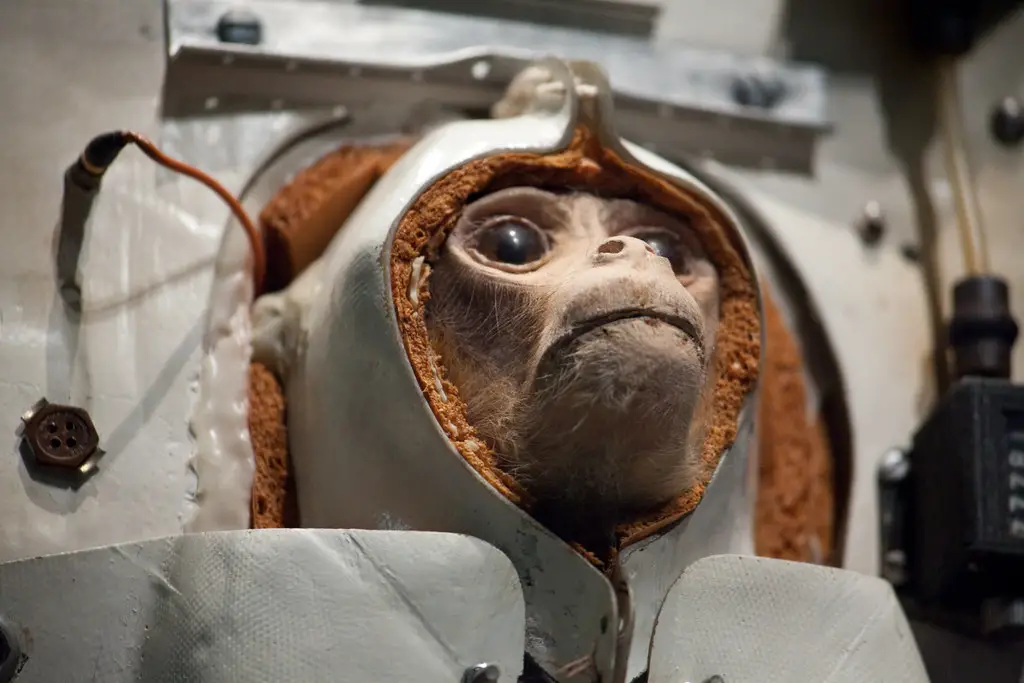
In 1959, Albert II became the first monkey to reach space. Albert II, a rhesus monkey, was part of the United States’ early experiments with animals in space. Unlike many of his predecessors, Albert II reached a higher altitude, going beyond the Kármán line, the internationally recognized boundary of space. Unfortunately, his flight did not end as hoped. According to Royal Museums Greenwich, while Albert II successfully reached space, the rocket he was aboard malfunctioned during reentry, leading to his tragic death. Despite this, his flight provided critical data that helped scientists understand the effects of space travel on living organisms.
Albert II’s mission was a significant step in advancing the technology required for human space missions. The data collected during his flight helped improve the safety and reliability of later missions, both for animals and humans. While Albert II did not survive, his contribution helped establish the importance of conducting biological research in space. His legacy, though overshadowed by the tragic outcome, is part of the larger story of animal pioneers who helped make human space exploration possible. Albert II was one of the many animals whose bravery advanced our understanding of space.
5. Enos – The First Primate to Orbit Earth
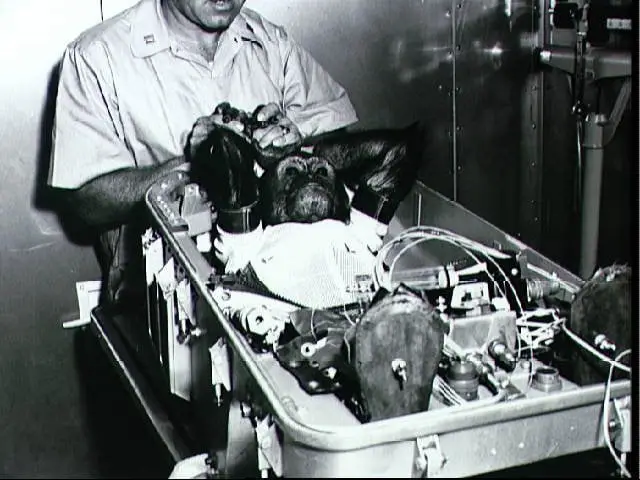
Enos, a chimpanzee, made history in 1961 as the first primate to orbit Earth successfully. Aboard the Mercury-Atlas 5 spacecraft. According to Cosmosphere, Enos completed two orbits of the planet while performing various tasks in space. His mission was crucial because it demonstrated that primates could not only survive spaceflight but also function in the weightless environment while performing tasks. This achievement helped to confirm that humans would be able to perform the necessary tasks while in orbit, laying the groundwork for human space exploration. Enos’s flight lasted over three hours, and he encountered difficulties during the mission, including a malfunctioning control system, but he managed to complete the mission with precision.
After returning to Earth, Enos was hailed as a hero for his contribution to space exploration. His success proved that longer missions, including orbiting Earth, were feasible for living beings. The information gathered from Enos’s mission helped to further refine spacecraft and space travel protocols. The successful return of Enos marked a significant achievement in the space race, as he had proven that primates could safely endure the conditions of space. Enos’s journey directly contributed to the success of human space missions that followed. Enos is often remembered as a key figure in the history of early space missions.
6. The Beagle 2 Mice – The First Mammals to Fly Beyond Earth
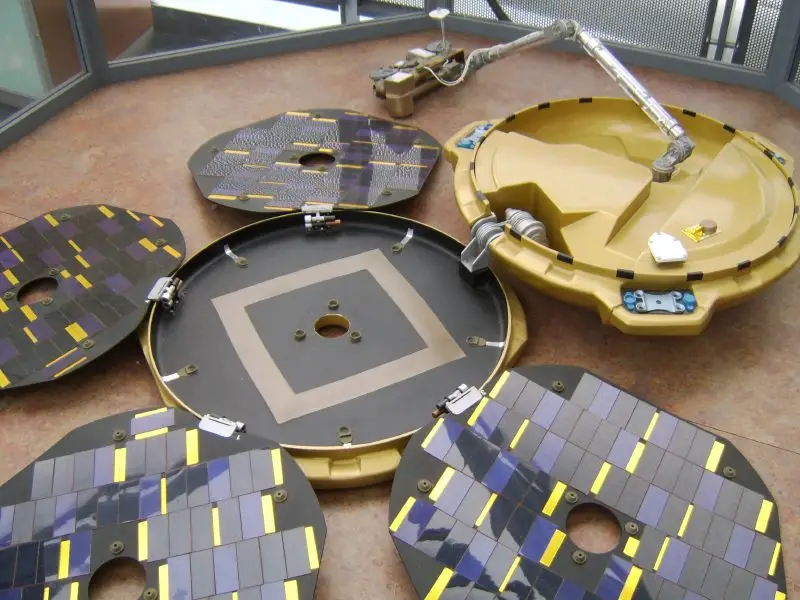
In 2003, a group of mice traveled aboard the Beagle 2 spacecraft on a mission to explore Mars. The Beagle 2 mission, part of the European Space Agency’s efforts to land a rover on the Martian surface, carried the mice as part of an experiment designed to study the effects of microgravity on mammals. The mice were chosen because they were small, resilient creatures that could survive the conditions of space for an extended period. The experiment was designed to analyze how long-term exposure to space would affect biological systems, particularly the immune system. The mice’s participation in the mission was groundbreaking because it marked the first time mammals were sent beyond Earth’s orbit to another planet.
Their journey provided valuable insights into the impact of space travel on complex life forms and helped to prepare for future human missions to Mars. The Beagle 2 mission was groundbreaking for both its scientific objectives and its unique use of mammals for long-duration spaceflight. Although the Beagle 2 rover ultimately failed to make a successful landing on Mars, the data collected from the mice experiment was invaluable in understanding the potential challenges of sending humans to other planets. Their contribution was an important step in the exploration of Mars and the broader future of interplanetary travel. The Beagle 2 mice are remembered as some of the first mammals to venture beyond Earth, contributing to our knowledge of space’s effects on biological life.
7. Felicette the Cat – Space’s First Feline Explorer
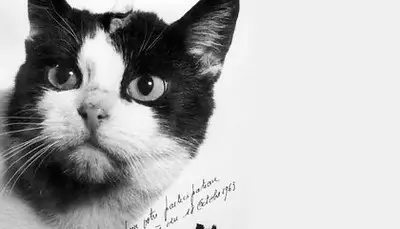
In 1963, Felicette the cat made history as one of the first cats to travel into space. A French space mission used Felicette to conduct experiments on the effects of space travel on biological systems. Felicette was chosen due to his small size and calm demeanor, which made him well-suited for the stresses of spaceflight. The mission, which was conducted aboard a suborbital flight, lasted only a few minutes but provided valuable insights into the reactions of mammals to space travel. Felicette’s role was significant in understanding the biological effects of weightlessness, radiation, and other factors on living creatures.
While his journey was relatively brief, it paved the way for further studies of mammals in space. Felicette’s involvement in the mission was part of a larger effort by the French space agency to explore how animals might be affected by the conditions of space. Though not as famous as other animal astronauts, Felicette played an important role in advancing space science. His mission helped to solidify the importance of studying biological organisms as part of space exploration. Felicette’s contribution may have been short-lived, but his legacy remains as one of space’s most unlikely explorers.
8. The Sea Monkeys – Miniature Astronauts of the Deep
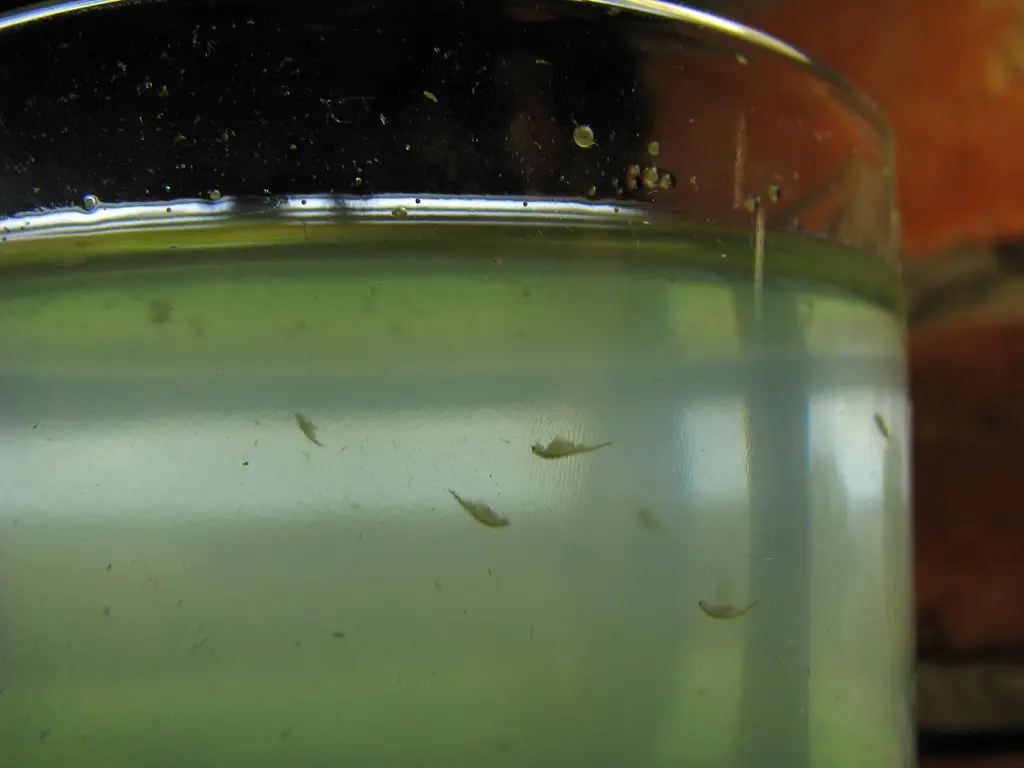
Sea monkeys, also known as brine shrimp, were among the most unlikely astronauts to venture into space. These tiny creatures were sent aboard the space shuttle in 1998 as part of an experiment designed to study how microgravity affects the life cycle of small organisms. Sea monkeys were chosen because they can enter a dormant state, which allowed scientists to study how they respond to the unique environment of space. The brine shrimp eggs were placed in a controlled environment, where they hatched and underwent their life cycle while in space. This experiment provided valuable data on how space conditions affect growth, development, and reproduction.
The sea monkeys’ flight was part of a larger effort to understand the effects of space on simple organisms, with potential applications for both human space missions and agricultural efforts on other planets. The unique nature of sea monkeys, with their ability to survive extreme conditions, made them an ideal subject for these studies. Their mission marked an important step in understanding how even the smallest creatures are impacted by space travel. Although their contribution is often overlooked, the sea monkeys helped scientists gain insights into the biological changes caused by weightlessness. They are a testament to the range of organisms that have been used to advance our understanding of space exploration.
9. Aldrin the Rabbit – The Space Bunny Who Helped Shape Our Future

In the early days of space exploration, rabbits were frequently used to study the effects of radiation on biological systems. One notable rabbit, Aldrin, was named after astronaut Buzz Aldrin and was sent into space to contribute to scientific research on the health impacts of radiation exposure. Aldrin’s mission provided important data that helped scientists assess how radiation would affect living organisms in space. As a result of his flight, researchers gained valuable information that would later help protect human astronauts from space radiation during long-duration missions. Aldrin’s flight was part of a broader effort by the Soviet space program to study the effects of space on biological organisms.
Though rabbits were often used in space research, Aldrin’s mission stands out for the specific focus on radiation, a key issue for future space exploration. His journey helped shape our understanding of space’s potential dangers and the steps needed to protect human life in space. While Aldrin did not have the fame of some other animal astronauts, his contribution was crucial in advancing space science. Today, his mission is remembered as one of the many experiments that helped ensure the safety of future space travelers.
10. The Venera Dogs – The Soviet Space Canines
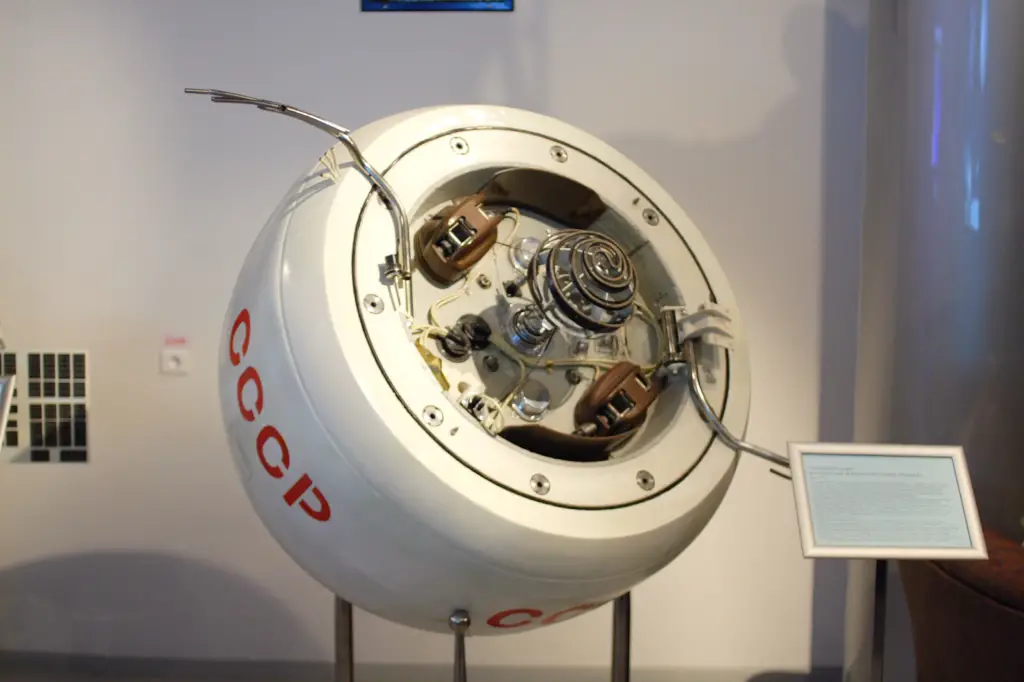
In the 1960s, the Soviet Union sent a series of dogs into space as part of their Venera missions. These dogs were chosen for their small size and resilience, and their missions were designed to test the feasibility of landing on Venus. Unlike other space animals, the Venera dogs endured the harsh conditions of long-duration spaceflight, including exposure to extreme temperatures and cosmic radiation. The Venera program was focused on the possibility of landing a spacecraft on Venus, and the dogs played a crucial role in testing the spacecraft’s life-support systems. Despite the rigorous conditions, the dogs were trained to endure the stresses of space travel and provided invaluable data that helped improve the safety and reliability of Soviet space technology.
Tragically, many of these dogs did not survive the harsh conditions of space, but their contribution laid the groundwork for human space exploration. They were instrumental in advancing the technology needed to explore other planets. Their sacrifices are often overshadowed by more famous animals, but their contributions are undeniable. The Venera dogs’ role in space exploration remains a poignant chapter in the story of animal astronauts. Their bravery helped shape the future of space exploration, ensuring that humans could one day follow in their paw prints to distant worlds.


